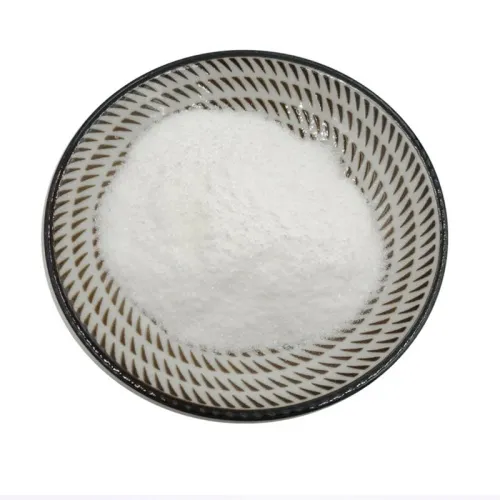Warning: Undefined array key "file" in /home/www/wwwroot/HTML/www.exportstart.com/wp-content/themes/1198/header.php on line 7
Warning: Undefined array key "title" in /home/www/wwwroot/HTML/www.exportstart.com/wp-content/themes/1198/header.php on line 7
Warning: Undefined array key "title" in /home/www/wwwroot/HTML/www.exportstart.com/wp-content/themes/1198/header.php on line 7
- Afrikaans
- Albanian
- Amharic
- Arabic
- Armenian
- Azerbaijani
- Basque
- Belarusian
- Bengali
- Bosnian
- Bulgarian
- Catalan
- Cebuano
- China
- China (Taiwan)
- Corsican
- Croatian
- Czech
- Danish
- Dutch
- English
- Esperanto
- Estonian
- Finnish
- French
- Frisian
- Galician
- Georgian
- German
- Greek
- Gujarati
- Haitian Creole
- hausa
- hawaiian
- Hebrew
- Hindi
- Miao
- Hungarian
- Icelandic
- igbo
- Indonesian
- irish
- Italian
- Japanese
- Javanese
- Kannada
- kazakh
- Khmer
- Rwandese
- Korean
- Kurdish
- Kyrgyz
- Lao
- Latin
- Latvian
- Lithuanian
- Luxembourgish
- Macedonian
- Malgashi
- Malay
- Malayalam
- Maltese
- Maori
- Marathi
- Mongolian
- Myanmar
- Nepali
- Norwegian
- Norwegian
- Occitan
- Pashto
- Persian
- Polish
- Portuguese
- Punjabi
- Romanian
- Russian
- Samoan
- Scottish Gaelic
- Serbian
- Sesotho
- Shona
- Sindhi
- Sinhala
- Slovak
- Slovenian
- Somali
- Spanish
- Sundanese
- Swahili
- Swedish
- Tagalog
- Tajik
- Tamil
- Tatar
- Telugu
- Thai
- Turkish
- Turkmen
- Ukrainian
- Urdu
- Uighur
- Uzbek
- Vietnamese
- Welsh
- Bantu
- Yiddish
- Yoruba
- Zulu
اگست . 10, 2024 14:00 Back to list
Differences Between Citric Acid Monohydrate and Anhydrous Forms Explained in Detail
Understanding the Differences Between Citric Acid Monohydrate and Anhydrous Citric Acid
Citric acid is a vital organic compound commonly found in citrus fruits and widely used in food, pharmaceuticals, and cosmetics. Within this category, two prominent forms exist citric acid monohydrate and anhydrous citric acid. Although both serve similar functions, they possess distinct chemical properties affecting their application and usage. This article aims to explore the differences between these two forms, shedding light on their unique attributes.
Chemical Composition and Structure
The primary difference between citric acid monohydrate and anhydrous citric acid lies in their chemical structure. Citric acid monohydrate contains one molecule of water for each molecule of citric acid, giving it a crystal structure with the formula C6H8O7·H2O. In contrast, anhydrous citric acid is devoid of water molecules, exhibiting a formula of C6H8O7. This difference in water content results in variations in their physical and chemical properties.
Physical Properties
The water content in citric acid monohydrate makes it more stable under certain conditions. Monohydrate crystals are typically larger, appearing as white crystalline powders. They tend to be less hygroscopic compared to their anhydrous counterpart, meaning they absorb less moisture from the air. Anhydrous citric acid, on the other hand, is more hygroscopic and can readily absorb water, which may lead to clumping if not stored properly.
Moreover, the monohydrate form tends to have a slightly lower acidity than anhydrous citric acid due to the presence of water. In applications where pH adjustments are critical, this can be an important consideration for formulators.
Solubility
perbedaan citric acid monohydrate dan anhydrous

In terms of solubility, both forms of citric acid dissolve well in water; however, anhydrous citric acid generally exhibits higher solubility due to its lack of water content. This can be crucial in formulations where quick dissolution is necessary. Thus, when immediate counteraction of pH levels is needed, anhydrous citric acid may be preferred.
Applications
Both citric acid monohydrate and anhydrous citric acid find extensive use across various industries; however, their specific applications can vary based on their properties.
Citric acid monohydrate is commonly used in the food industry as a flavoring agent and preservative. Its stability under varying conditions makes it suitable for products that require a longer shelf life. Additionally, it is often used in pharmaceuticals, particularly in effervescent tablets, where the water content can aid in the dissolution process during consumption.
Anhydrous citric acid, with its higher solubility and acidity, is frequently utilized in specialized applications, such as in cleaning agents and personal care products. Its ability to provide a rapid pH adjustment can be advantageous in formulations where immediate chemical reactions are necessary.
Conclusion
In conclusion, while both citric acid monohydrate and anhydrous citric acid serve similar purposes within various industries, their differences in chemical composition, physical properties, solubility, and specific applications play a significant role in determining their suitability for particular uses. Understanding these differences is crucial for manufacturers and formulators, allowing them to select the appropriate variant for their needs, ensuring product efficacy and stability. As the demand for citric acid continues to grow in diverse applications, so too does the importance of recognizing the unique characteristics of its various forms.
Latest news
-
2025 European Fine Chemicals Exhibition in Germany
NewsMay.13,2025
-
2025 New York Cosmetics Ingredients Exhibition
NewsMay.07,2025
-
Zibo will host the 2025 International Chemical Expo
NewsApr.27,2025
-
2025 Yokohama Cosmetics Raw Materials and Technology Exhibition
NewsApr.22,2025
-
2025 India Mumbai Fine Chemicals Exhibition
NewsApr.18,2025
-
Nanjing will host the 2025 Yangtze River Delta International Chemical Industry Expo and the National Chemical Industry Conference
NewsApr.15,2025

